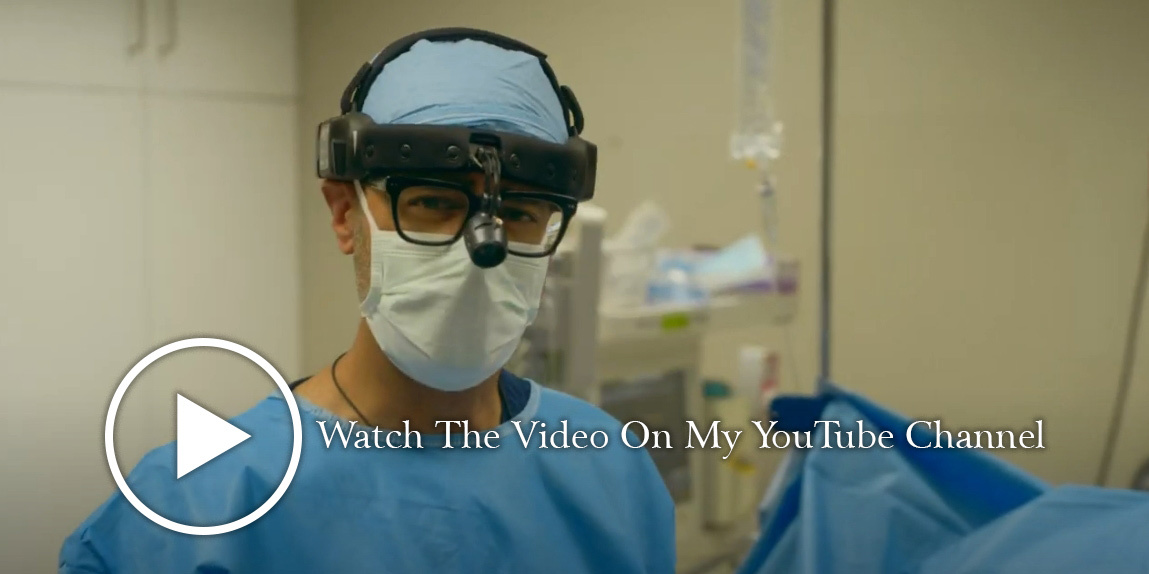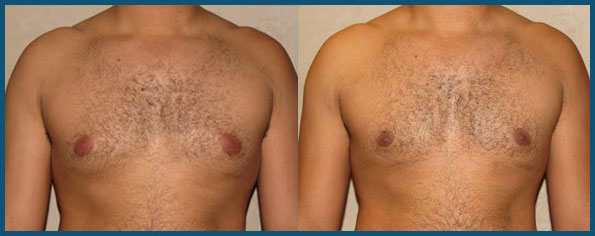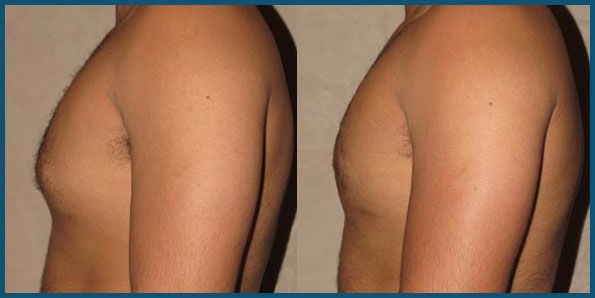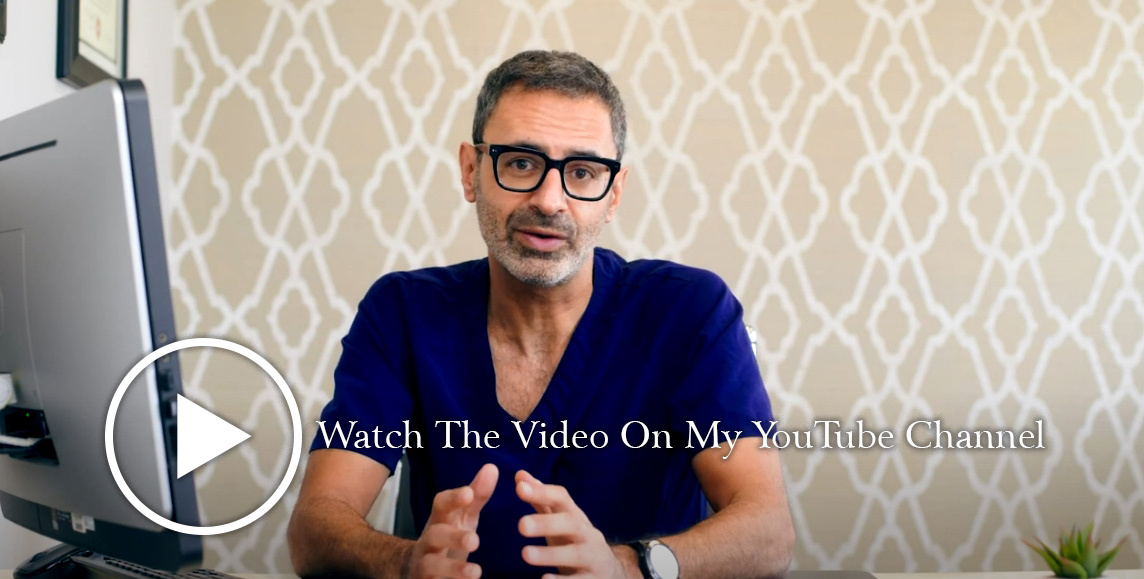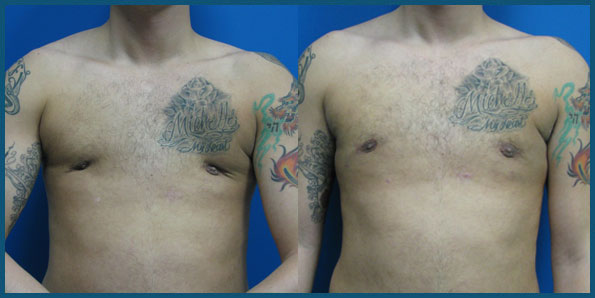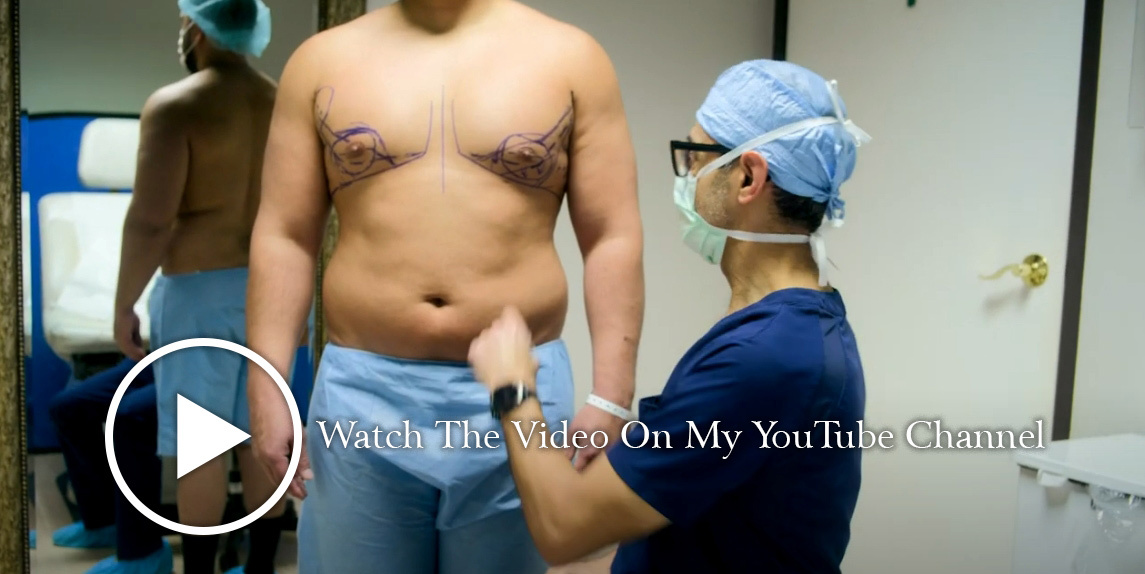Revision Gynecomastia Surgery
Written by Dr. Babak Dadvand
Revision gynecomastia surgery in Los Angeles with expert plastic surgeon Dr. Dadvand can correct a previous surgery that did not provide ideal results. Dr. Dadvand, a double board-certified plastic surgeon and gynecomastia specialist, consults with patients who have had procedures that they are not entirely happy with. Gynecomastia surgery should help reduce the appearance of a feminine-looking male chest, but it often requires additional work if the first operation was under-resected or over-resected.
Dr. Dadvand is aware of the potential need for revision surgery and strives to produce quality results the first time. Many patients that are not satisfied with the results of their first procedure come to Dr. Dadvand and arrange revision gynecomastia surgery in Los Angeles to correct imperfections. If you want to learn more about his revision gynecomastia procedures in LA, contact his office and book a consultation today.
Types of Revision Gynecomastia Surgery in LA
Generally speaking, revision gynecomastia usually falls into two categories, which are under-resection and over-resection cases.
Under-Resection Revisions
Patients that have had under-resected gynecomastia surgery still tend to see fullness in their chest area. This can be extremely upsetting for many patients, especially if you consider the cost and recovery they have already undergone.
Before conducting revision gynecomastia, it is critical to determine if the excess tissue is glandular or fatty material. In both cases, patients require further procedures, but they are slightly different depending on the specific case.
The patient below represents a case of under-resection by another surgeon that was corrected by Dr. Dadvand. Notice the fullness that still remained in his chest before the revision.
Over-Resection Cases
A patient with over-resection poses a more difficult challenge mainly because they usually have contour abnormalities. These abnormalities will likely include dents, tethering of the areolas to the muscle, and flexion deformities. These patients may also have under-resection in other areas of their chest which will make the over-resected area much more pronounced. Typically, the only options for these patients, aside from silicone implants (which have their own risks), are fat grafting or fat flaps. Dr. Dadvand discusses all possible revision surgery options with each patient in order to ensure the best results.
The patient below represents a case of over-resection by another surgeon and the corrective surgery performed by Dr. Dadvand. Notice the severe dents involving the areola and the hollowness on the outer aspects of each chest which were corrected by Dr. Dadvand.
Potential Risks and Temporary Side-Effects Associated with Revision Gynecomastia
As with first-time procedures, there are some risks and side-effects you may experience after revision gynecomastia. These include:
- Pain and discomfort during the recovery period
- Small risk of infection and skin necrosis
- Bleeding at the incision site
- Slightly higher chances of visible scarring
Why Choose Dr. Dadvand for Your Revision Gynecomastia?
The most important aspect of treating men for revision gynecomastia surgery in Los Angeles is diagnosing the problem. Dr. Dadvand takes the time to determine what each patient’s specific issues are in order to customize a surgical plan for that particular patient. Accurate diagnosis, sound surgical technique, and realistic expectations are paramount to optimal results.
If you want to learn more about Dr. Dadvand’s revision gynecomastia procedures in LA, book a consultation today.
FAQs
Can gynecomastia return after surgery?
As all gynecomastia patients should be aware of, this condition can return after you’ve had surgery. With this in mind, Dr. Dadvand has only observed this rare phenomenon on patients that use steroids or gain excessive amounts of weight.
Can gynecomastia surgery be done under local anesthesia?
Gynecomastia surgery requires incisions and manipulation of subdermal tissue, which is the reason why it is usually performed under a combination of sedation and local or general anesthesia. Before the procedure, Dr. Dadvand will order a series of medical tests in order to confirm the best method of anesthesia for each patient.
How long should I wear compression garments after gynecomastia surgery?
All patients are different, so the amount of time you wear compression garments may vary. To get the best results, Dr. Dadvand will provide detailed instructions that you need to follow to a tee, including wearing and removing compression garments.
Does gynecomastia surgery leave scars?
Like all surgical procedures that require an incision, there is a small chance that gynecomastia surgery will leave visible scarring. These scars may be concealed in the body’s natural folds, but you should be aware of the possibility of visible scars before making a decision.
How long does swelling last after gynecomastia surgery?
Most of the swelling usually subdues within the first few weeks, although it may take up to 6 months in some cases for the inflammation to completely disappear. If you would like to learn more about getting revision gynecomastia in LA or the recovery period, contact Dr. Dadvand’s office and he’ll be happy to help.
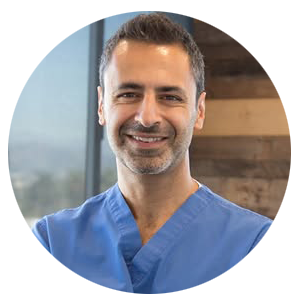
By Dr. Babak Dadvand, M.D.
As a board-certified plastic surgeon and skilled portrait artist, I bring a distinctive combination of artistic vision and surgical expertise. My commitment is to deliver exceptional outcomes while maintaining the highest ethical standards and fostering trust and satisfaction among my patients.

